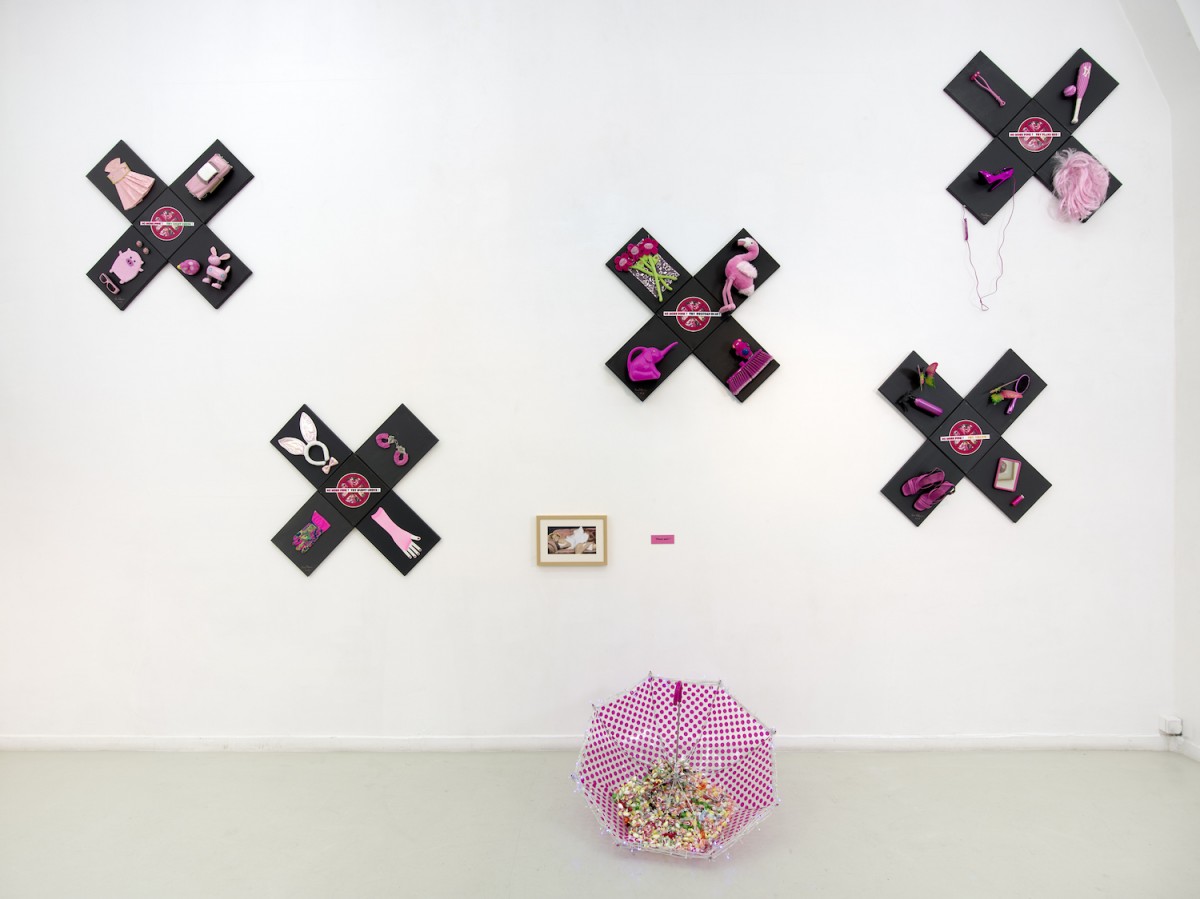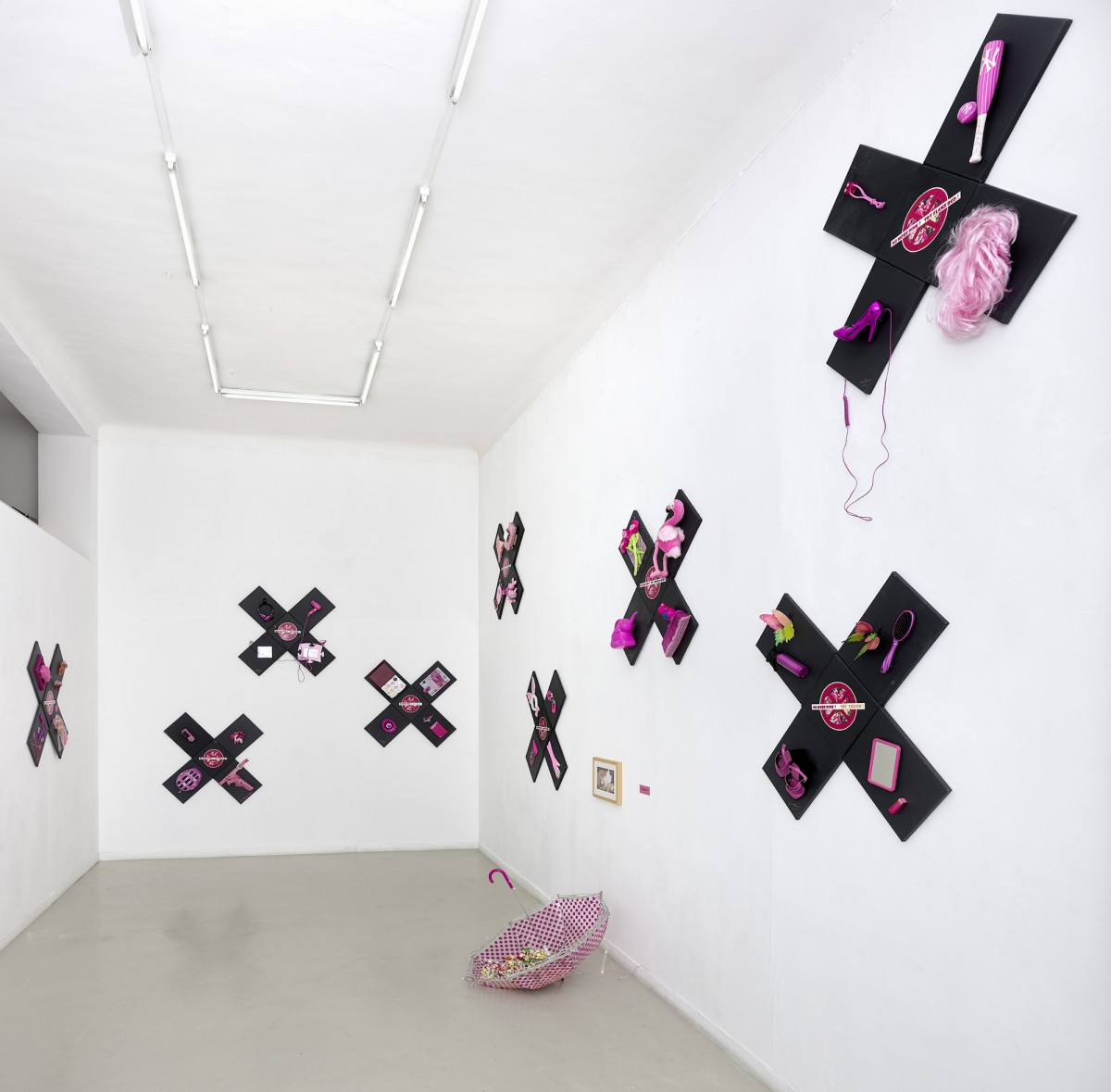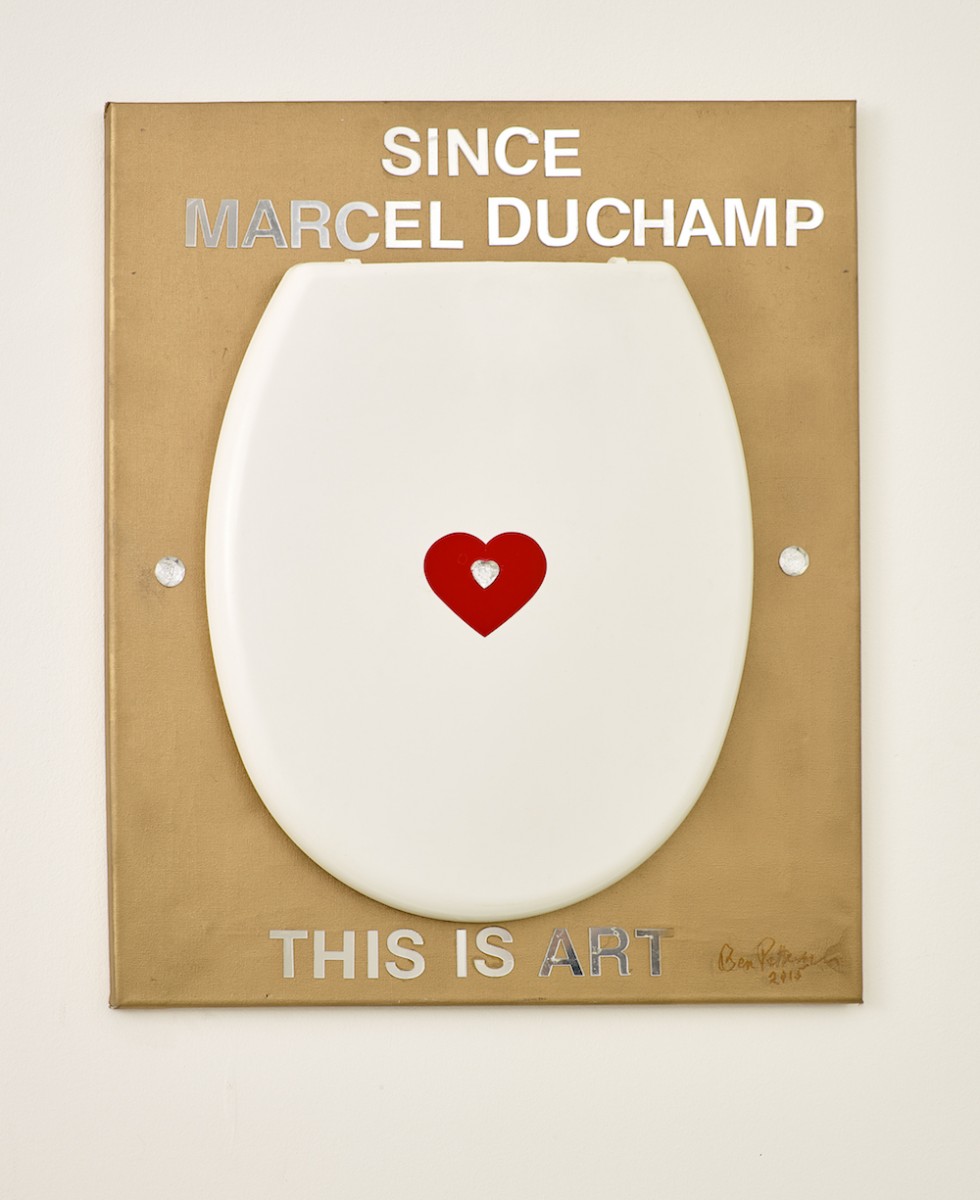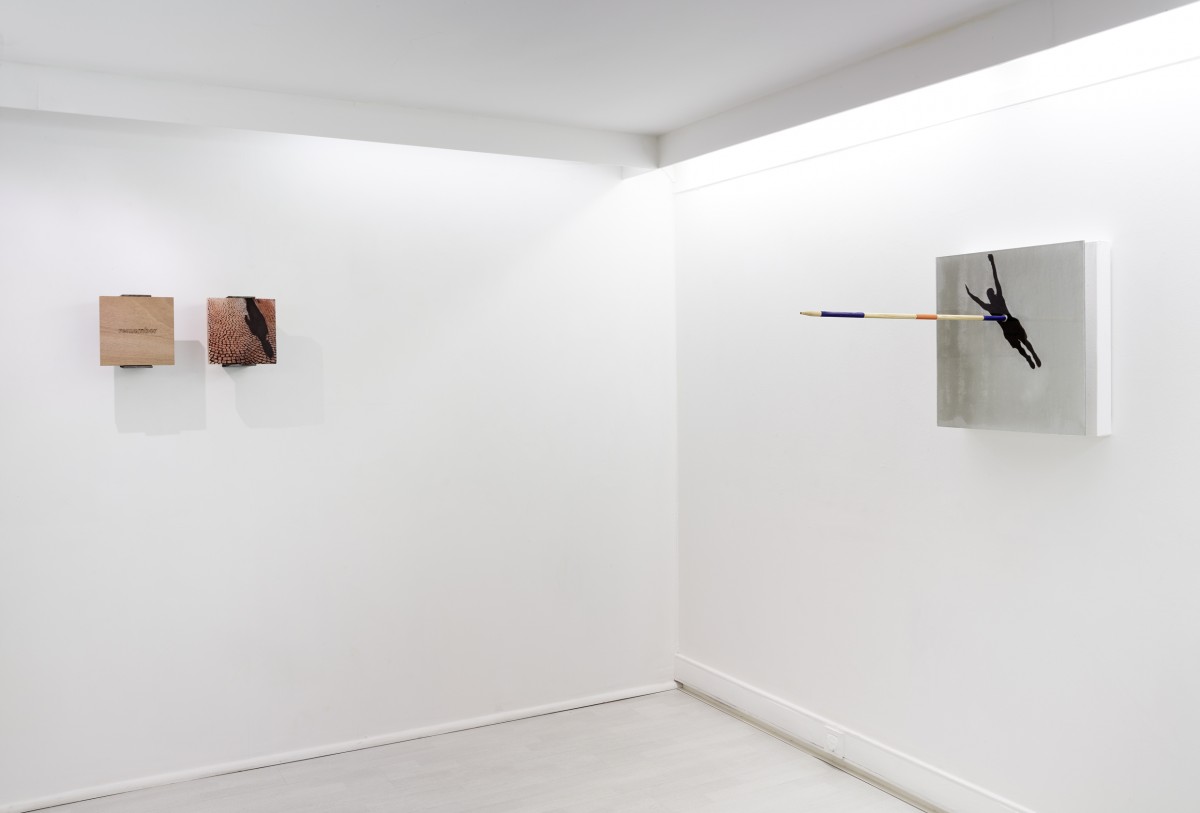Ben Patterson
No more pink ?
Mauro Ghiglione
Remember
Du 6 janvier au 24 février 2018
Ben Patterson
(Etats-Unis 1934 – Allemagne 2016)
Il débute en 1952 des études musicales de piano et violon et intègre en 1956 plusieurs orchestres symphoniques au Canada et en Allemagne.
En 1960 il s’installe à Cologne en Allemagne, et après avoir rencontré Stockhausen, John Cage, Nam June Paik, Merce Cunningham et Wolf Vostell, il devient un des acteurs de la musique contemporaine radicale.
Artiste pionnier de l’avant-garde Fluxus, il organise en 2012, les 50 ans de Fluxus, grande rétrospective dans toute la ville de Wiesbaden en Allemagne. Depuis il a fait l’objet de nombreuses expositions en Europe, Asie, Russie et en Amérique, avec des concerts, lectures et performances.
Mauro Ghiglione
Artiste engagé, il observe d’un œil critique et curieux la société dans laquelle il vit et travaille, se posant constamment le problème de son propre rôle. Le contenu de ses recherches vise à explorer les possibilités expressives de la matière et du symbole par opposition à l’éphémère artistique.«Mauro Ghiglione est aujourd’hui confirmé, au troisième millénaire, comme l’un des analystes les plus féroces et les plus conscients de l’image contemporaine».
[vc_row row_type=”row” use_row_as_full_screen_section=”no” type=”full_width” text_align=”left” background_animation=”none” css_animation=””][vc_column][vc_column_text css=”.vc_custom_1513957932896{margin-left: 10% !important;}”]
No more pink ?
Ben Patterson
and
Remember
Mauro Ghiglione
From January 6 to February 24, 2018
Ben Patterson
(USA 1934 – Germany 2016)
In 1952, he began studying piano and violin and in 1956 he joined several symphony orchestras in Canada and Germany.
In 1960 he moved to Cologne, Germany, and after meeting Stockhausen, John Cage, Nam June Paik, Merce Cunningham and Wolf Vostell, he became one of the actors of radical contemporary music.
Pioneer artist of the Fluxus avant-garde, he organizes in 2012, the 50 years of Fluxus, large retrospective in the city of Wiesbaden in Germany. Since then he has been the subject of numerous exhibitions in Europe, Asia, Russia and America, with concerts, readings and performances.
Mauro Ghiglione
A committed artist, he observes with a critical and curious eye the society in which he lives and works, constantly questioning his own role. The content of his research aims to explore the expressive possibilities of the material and the symbol as opposed to the artistic ephemera. “Mauro Ghiglione is confirmed today, in the third millennium, as one of the fiercest and most conscious analysts of the contemporary image.
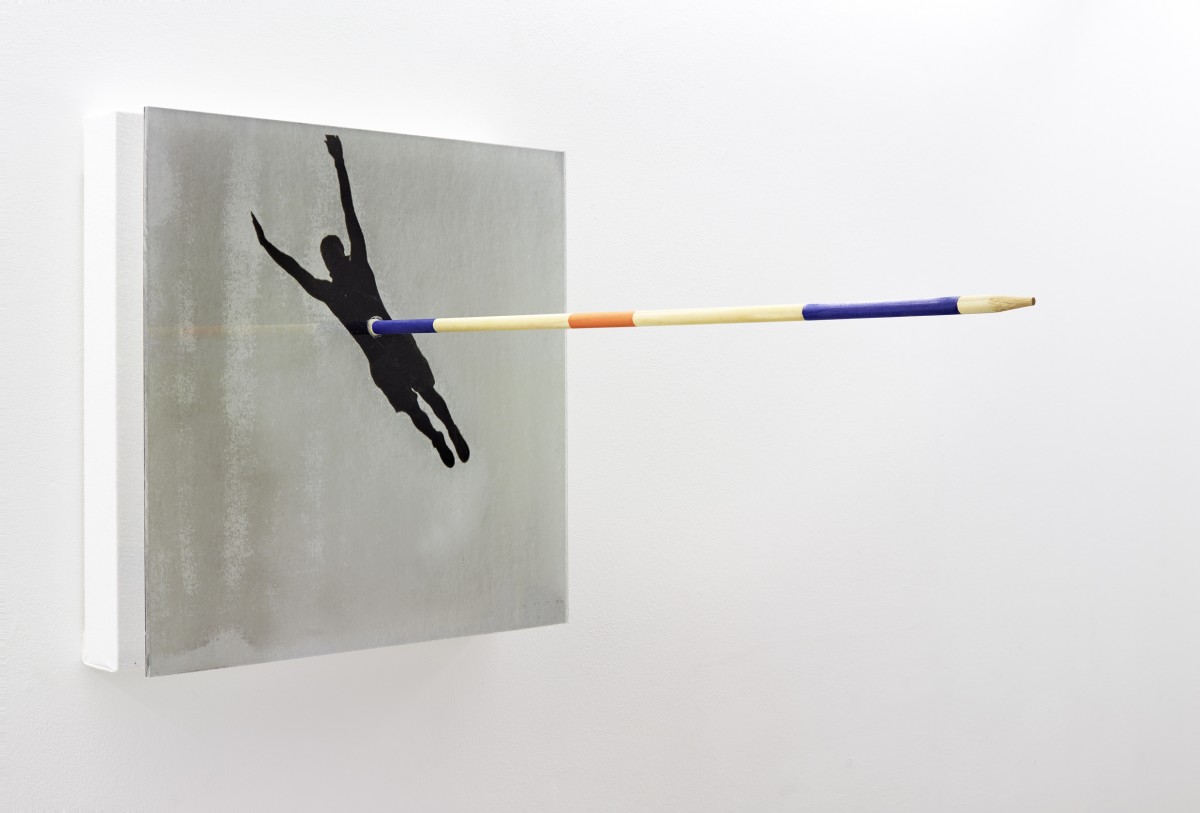
Fly, 2017
Digital print on Baryta paper, Diasec mounting, canvas stretcher, polychrome wood.
45 x 45 x 60 cm
photo F.Fernandez
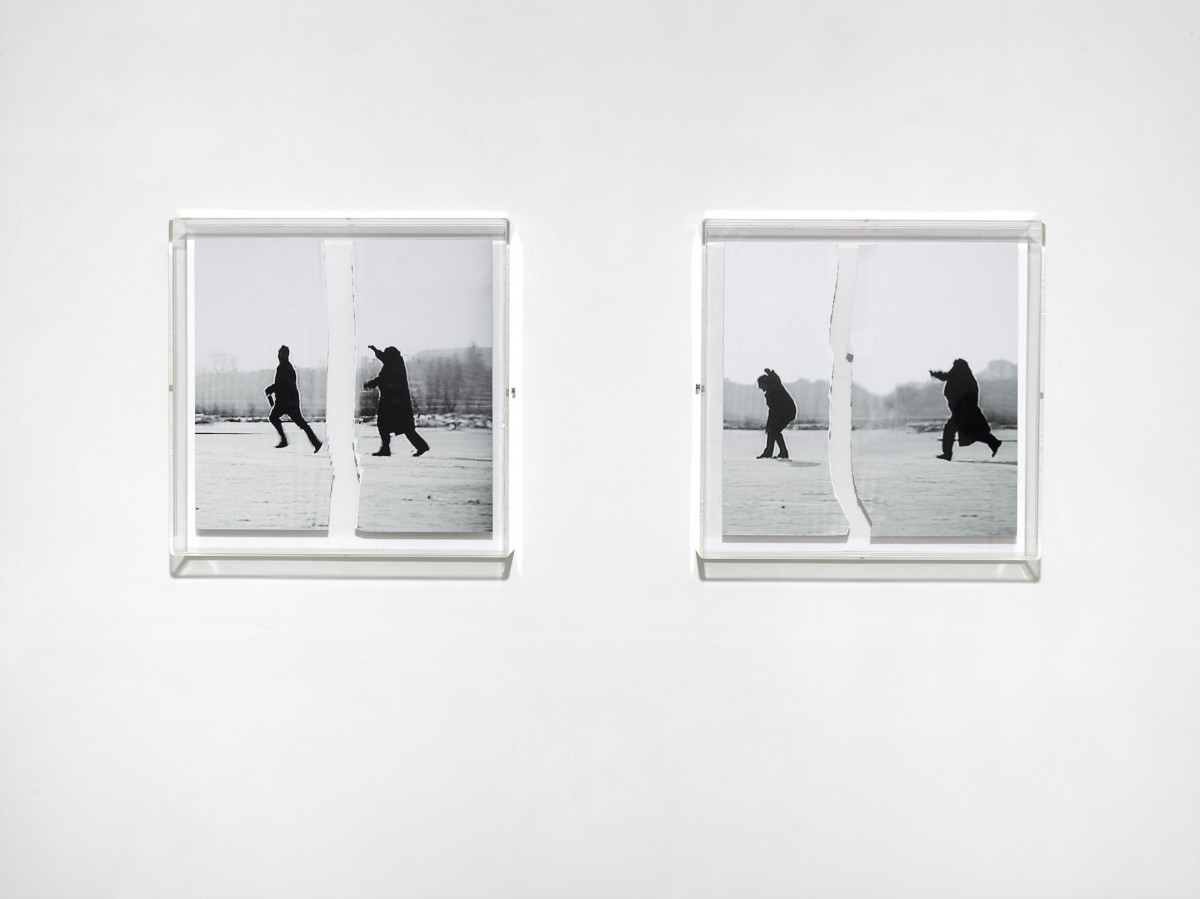
Custodire il gesto (1), 2017
Digital print mounted on Dibond, canvas frame.
45 x 45 x 13 cm
photo F.Fernandez
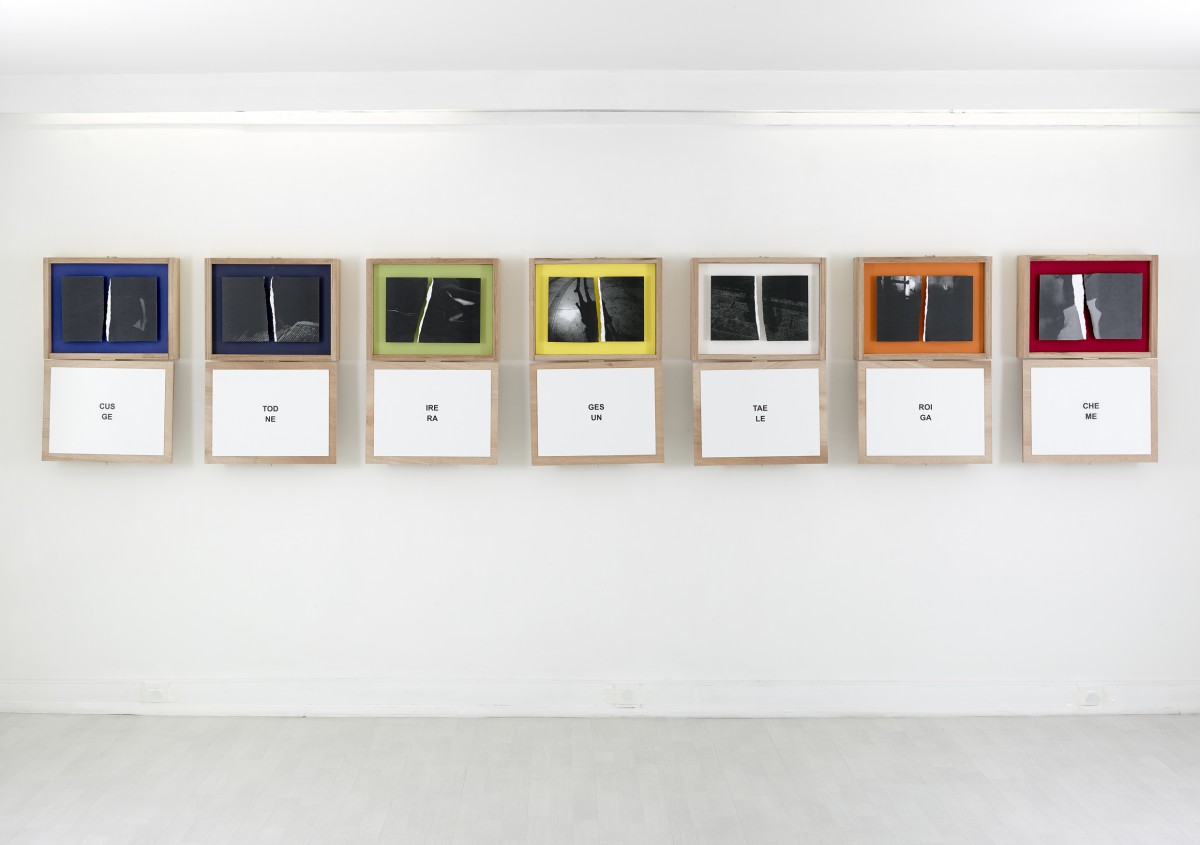
Santa Alleanza , 2016
Composed of seven autonomous modules. Wooden cassette, digital printing on Baryta paper mounted on aluminum, writing on Forex.
exhibition view © photo F.Fernandez
Exhibition in collaboration with


[/vc_column_text][/vc_column][/vc_row]

